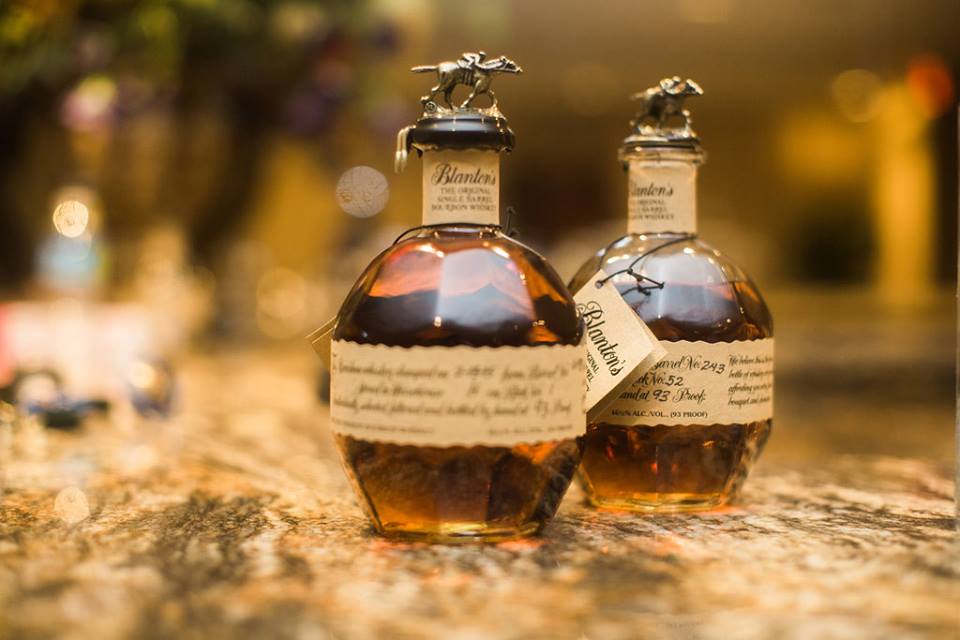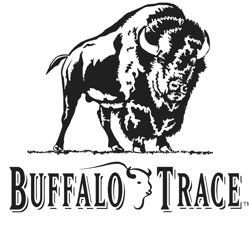
Colonel Albert Bacon Blanton
55 years, "A Company Man"
Colonel Albert Bacon Blanton was born in 1881 on a farm next to the Buffalo Trace Distillery just outside Frankfort, Kentucky. In those days, the distillery was called the "O. F. C. Distillery" (an acronym for "Old Fire and Copper). Blanton, who finished high school early, was hired at the distillery as an office boy in 1897 at the age of sixteen.
Throughout the next four years, young Albert was promoted several times. He worked in the warehouse, in receiving, in the grist mill, and on the distilling floor itself. In fact, Blanton gained expertise in all departments of the distillery, even in the business office. In 1904, the distillery's name was changed to the "George T. Stagg Distillery." In 1912, Albert was appointed Superintendent of the distillery floor, the bottling facility, and the warehouses. In 1921, after 24 years of hard work at the distillery, Albert was promoted to the President of the company at the age of 40.
Colonel Blanton was the consummate ambassador of the distillery and kept the company alive throughout Prohibition. To do this, he had to apply for and be awarded one of only six special government licenses to produce “medicinal whiskey.” That accomplishment and many others allowed the distillery to stay open during the 13 years of Prohibition. Because of this, it is now the United States’ "oldest continuously running distillery".
On January 6th, 1937, a chain of cataclysmic storms hovered over the central part of Kentucky and the Ohio Valley, producing devastating record flood levels over three weeks. By January 27th, the flood had halted all transportation in and around Frankfort, closed schools, and disrupted the business activities of all types, especially distilleries that relied on dry farm products to come in and finished products to leave, often on the same vehicle. The storm dropped an estimated 42 quadrillion gallons of rain, ice, snow, and sleet in the region. At its peak, 981 miles of the Ohio River were 34 feet above the flood stage, and water covered 15,000 miles of the Midwest’s highways, resulting in the evacuation of more than two million people.
The flood ransacked the distillery and submerged a great deal of the machinery, stills, and roads around all the buildings. Colonel Blanton worked tirelessly for 48 straight hours to ensure that the distillery was back up and running to its traditional capacity in just two days.
Just four years later, in 1941, the United States entered World War II. Despite several requests by the federal government to halt all whiskey production in order to supply pure alcohol to the U.S. Army, Colonel Blanton successfully executed a plan to expand and diversify the distillery, which met the country's needs, maintaining the production of his bourbon while still meeting the masses.
As time went on, Blanton, with his meticulous attention to detail, built the main clubhouse and many of the gardens on the distillery grounds in addition to his own personal residence. The home is now called the Stony Point Mansion, and it sits high above the distillery on a hill that overlooks the grounds and all the way down to the Kentucky River. Colonel Blanton retired in 1943 but stayed on as an advisor to the company until his death.
Colonel Blanton died in 1959, and in tribute to his endless dedication to the business, Elmer T. Lee, a protege of Albert's, named the world's first single-barrel bourbon after him. That bourbon, introduced in 1984, is credited along with two other bourbons (Elijah Craig and Booker’s) with reinvigorating the bourbon industry after a distressing downturn in brown spirits, causing the bourbon glut of the 70s and 80s. Elmer decided to bottle only the very best casks from the fifth and sixth floors of Warehouse H. This warehouse, built hastily at the end of Prohibition, is characterised by its wooden structure covered with thin tin. Thus, throughout the summer months, the building is heated intensely, which helps the aging process of the bourbons inside the structure, even causing the barrels to sweat. Blanton's comes in four variations, but only the "Original Single Barrel" (with a Beige label) is available in the United States.
The Blanton’s range is made up of four expressions: Blanton’s Special Reserve at 80 proof (Green label), Blanton’s Original Single Barrel at 93 proof (Beige label), Blanton’s Gold Edition at 103 proof (Clear label with a Gold horse on top of the cork instead of Brass like the others), and Blanton’s Straight from the Barrel at 124 to 126 proof (Brown label with White box). As an indicator of the quality of these four bourbons, they routinely pick up prizes and medals in various world competitions, and now number more than 60 awards.
In 1992, Sazerac, a New Orleans-based family-owned company, purchased the ‘Stagg’ distillery and renamed it the "Buffalo Trace Distillery” in 1999.
Contributed by Colonel CRaig Duncan, Columbia, Tennessee
Blanton’s has six versions that are sold to the public; they include Blanton’s Original Single Barrel (Beige Label) and Blanton’s Special Reserve (Green Label).
Blanton’s has six versions that are sold to the public; they include Blanton’s Gold Edition (Clear Label) and Blanton’s Straight from the Barrel (Brown & White Label).
Blanton’s has six versions that are sold to the public; they include Blanton’s Black (Dark Brown Label) and Blanton’s Red (Ivory Label), which are Only available in Japan..
Banner photo from Blanton's Bourbon






